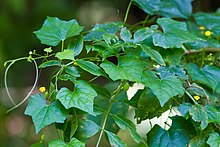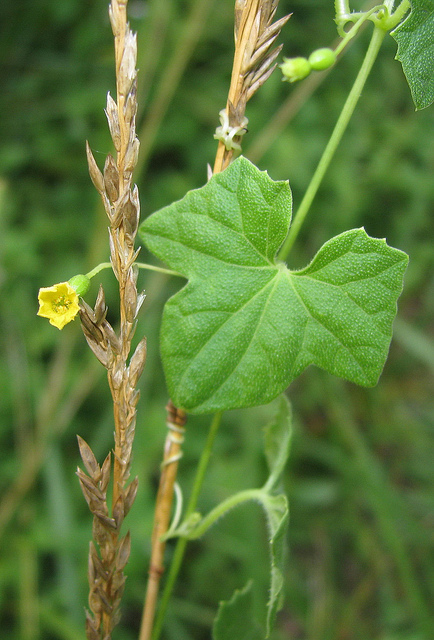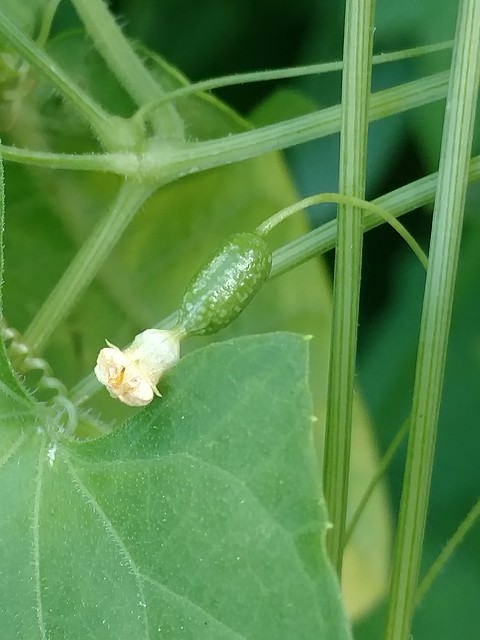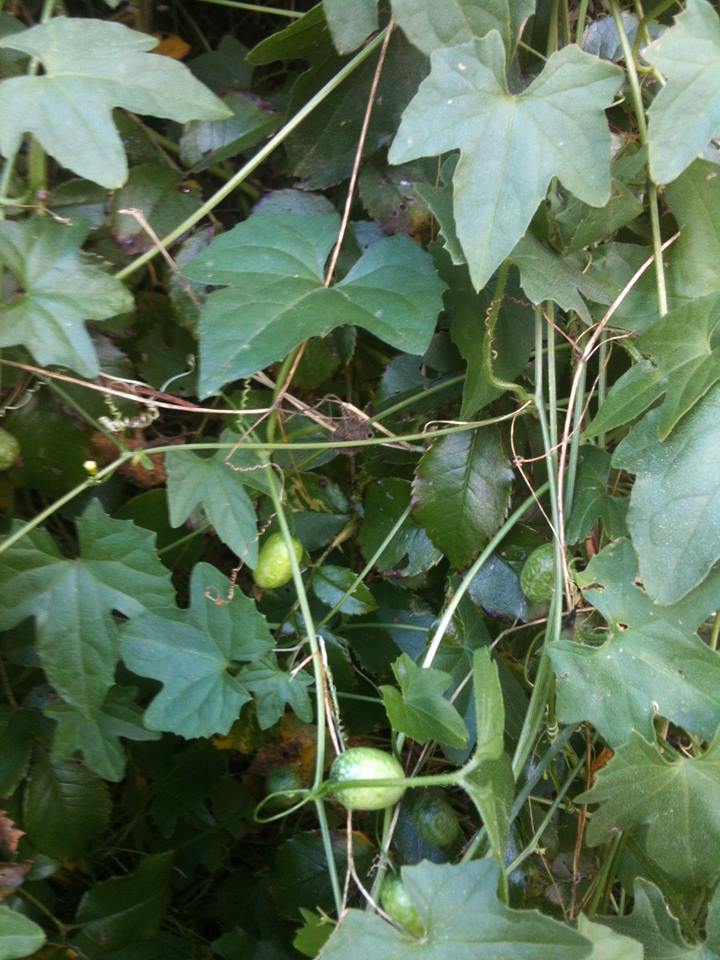Map Snapshot











73 Records
Status
Once considered extremely rare and endangered in Maryland, with only four known populations. In recent years, botanists and plant enthusiasts across the state, have discovered enough populations of Creeping Cucumber to have the species de-listed from the Maryland Rare, Threatened, and Endangered Species List! Christopher Frye, the Maryland State Botanist states, "Brown and Brown (Herbaceous Plants of Maryland, 1984) indicate that Melothria pendula is adventive; however, Broome et al. (Huntia, v. 7, 1987, p. 83) state that pre-1690 specimens are present in the British Museum of Natural History and that the species was rediscovered, nearly three centuries later as a “weed” on the University of Maryland campus in the 1970’s." The University of Maryland plant is still thriving!
Seasonality Snapshot
Source: Wikipedia
| Melothria pendula | |
|---|---|

| |
| Scientific classification | |
| Kingdom: | Plantae |
| Clade: | Tracheophytes |
| Clade: | Angiosperms |
| Clade: | Eudicots |
| Clade: | Rosids |
| Order: | Cucurbitales |
| Family: | Cucurbitaceae |
| Genus: | Melothria |
| Species: | M. pendula
|
| Binomial name | |
| Melothria pendula | |

Melothria pendula, also known as the creeping cucumber or the Guadalupe cucumber, is a plant in the Benincaseae tribe. The plant is especially prominent in the Southeastern United States. The plant resembles the cultivated cucumber, possessing miniature yellow flowers, similar leaf shape, same leaf patterns, as well as similar growth patterns. The unripe berries strongly resemble minuscule watermelons.[1][2]
Etymology
[edit]The genus name Melothria is from Ancient Greek μηλοθρων : mēlothrōn 'kind of white grape' in reference to small grapevine fruits born by the genus. The specific name pendula means 'hanging'.
Toxicity
[edit]The ripe berries, which are black, have powerful laxative qualities when consumed. The root, vines, leaves, and flowers have unknown toxicity.[3]
Edibility
[edit]The berries, when unripe and light green can be eaten raw. Dogs are known to eat the leaves without any apparent side effects.[4]
Ecology
[edit]The larvae of Hypercompe cunigunda have been recorded feeding on this plant.
References
[edit]- ^ "Creeping Cucumber". www.foragingtexas.com. Retrieved 2017-09-25.
- ^ "US Wildflower - Creeping Cucumber, Guadeloupe Cucumber, Squirting Cucumber - Melothria pendula". uswildflowers.com. Retrieved 2017-09-25.
- ^ "Melothria pendula". plants.ces.ncsu.edu. Retrieved 2017-09-25.
- ^ "Creeping Cucumber". www.foragingtexas.com. Retrieved 2017-09-25.
















